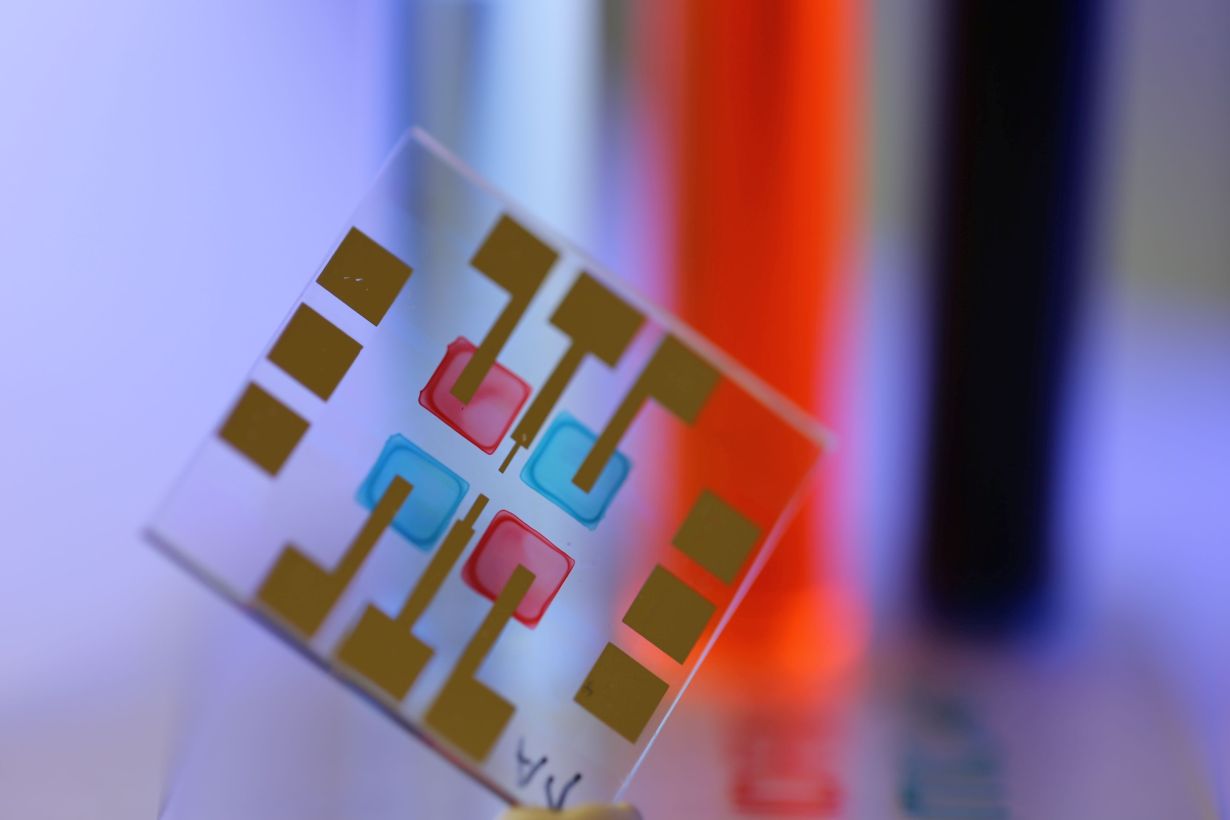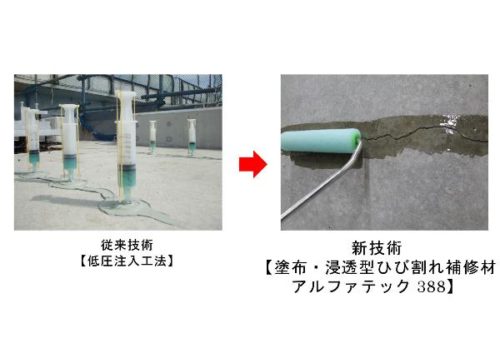2020/3/4 ヒューストン大学(UH)

・ UH が、布への織り込みが可能で温度センサーとして機能する、カーボンナノチューブ(CNTs)による新材料を開発。
・ 同新材料は、柔軟で乱雑な構造を維持しながら、身体の温度の僅かな変化を検出できるため、再利用可能または使い捨ての身体温度測定用ウェアラブルセンサーとしての利用に適する。
・ 身体熱の変化により電気抵抗が変動し、モニタリングする者に介入の必要性を知らせる。ウルトラマラソンランナーの脱水症状や、養護ホームの患者の床擦れの初期症状を検出するアプリケーションが可能。怪我や病気の初期警告システムの役割が期待できる。
・ 同材料は、約 10 年前に開発した衣類やカーペット等の繊維材料を保護する撥水性ナノコーティングをベースとしたもの。新材料は、nanocarbon- based disordered, conductive, polymeric nanocomposite または DCPN として知られる、ポリ(オクタデシルアクリレート)をグラフト化した多層 CNTs より作製。同材料は材料科学分野での利用が進んでいるが、その多くが導電性に優れず、僅かな温度変化を検出するウェアラブル技術には適さない。
・ そのため、新材料では、共有結合によりポリマーを電気的・熱的に多層 CNTs と組み合わせる重要な手法である、RAFT 重合技術を採用。ガラス転移温度による材料構造の僅かな変化が電気的に増幅され、固液相転移に係る問題無く、極めて高い電気反応が得られる。
URL: https://www.uh.edu/news-events/stories/2020/march-2020/03042020-curran-wearablenanotech.php
(関連情報)
Applied Nano Materials 掲載論文(アブストラクトのみ:全文は有料)
Poly(octadecyl acrylate)-Grafted Multiwalled Carbon Nanotube Composites for Wearable Temperature Sensors
URL: https://pubs.acs.org/doi/10.1021/acsanm.9b02396
<NEDO海外技術情報より>
Abstract
Nanocarbon-based disordered, conductive, polymeric nanocomposite materials (DCPNs) are increasingly being adopted in applications across the breadth of materials science. DCPNs characteristically exhibit poor electroconductive properties and irreproducibility/irreversibility in electronic phenomena, due largely to the percolative disordered nature intrinsic to such systems. The authors herein present an alternative approach toward enhancing the thermoresponsivity, repeatability, and reversibility of nanocarbon-based DCPNs in thermometric applications. This is empirically demonstrated using poly(octadecyl acrylate)-grafted-multiwall carbon nanotubes (PODA-g-MWCNTs) synthesized via reversible addition–fragmentation chain-transfer (RAFT) polymerization. Synthesized PODA-g-MWCNTs exhibit repeatable, near-pyrexia sensitized, switch-like electronic responses across subtle glass transitions characterized by an exceptionally large positive temperature coefficient of resistance values of 7496.53% K–1 ± 3950.58% K–1 at 315.1 K (42.0 °C). This corresponds to a sizable transition rate of 17.39 kΩ K–1 ± 0.49 kΩ K–1, and recoverable near room temperature resistance values of 246.17 Ω ± 12.19 Ω at 298.2 K (25.1 °C). Near-human body temperature sensitized PODA-g-MWCNTs assembled in this work are promising candidates for wearable temperature sensors and other thermometric applications.


